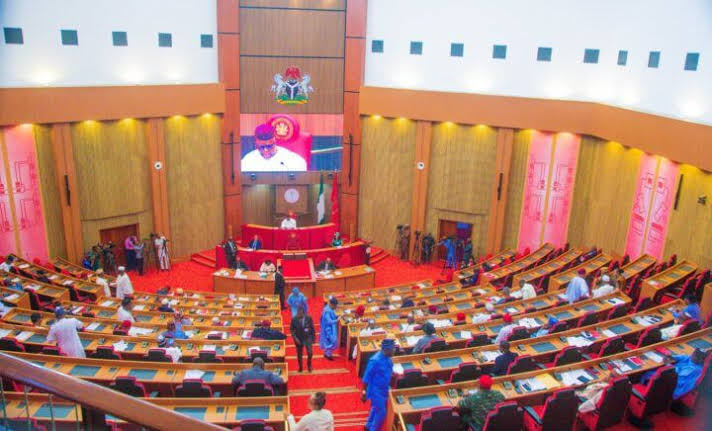U.S. Devastates Iran’s Nuclear Sites in Overnight Strikes, Says Defence Secretary Pete Hegseth

United States Secretary of Defence Pete Hegseth has declared that American military forces have successfully “devastated” Iran’s nuclear program in a large-scale overnight operation targeting three of Tehran’s most critical nuclear facilities.
The announcement came just hours after a wave of the U.S. airstrikes struck the Fordow Uranium Enrichment Plant, Natanz Nuclear Facility, and a third key site near Isfahan, dealing what Pentagon officials described as “severe” and possibly “irreparable” damage to Iran’s nuclear infrastructure.
“It was an incredible and overwhelming success,” Hegseth said during a televised briefing on Sunday. “We devastated the Iranian nuclear program—focused, powerful, and clear. We targeted nuclear development, not the people of Iran.”
The operation, codenamed Operation Midnight Hammer, involved more than 125 aircraft, including B-2 Spirit stealth bombers, and the deployment of 14 GBU-57A/B “bunker-buster” bombs. These massive 30,000-pound munitions are specifically designed to penetrate heavily fortified underground facilities. Submarine-launched Tomahawk cruise missiles also formed part of the strike, showcasing the full reach of America’s strategic arsenal.
General Dan Caine, who oversaw tactical operations, confirmed that the strikes were “coordinated with precision,” ensuring minimal civilian casualties while causing maximum damage to the nuclear facilities.
“We caught them by surprise,” Caine said. “No aircraft were lost, no interception occurred, and the targets were hit with devastating effect.”
Despite the scale of the strike, U.S. officials have stressed that the operation is not a declaration of war. Both Hegseth and Pentagon spokespeople have insisted that the aim was to cripple Iran’s nuclear development capability not to provoke full-scale conflict or regime change.
“This is not the beginning of a wider war,” Hegseth noted. “But we will not tolerate a nuclear-armed Iran.”
Iran, however, has reacted angrily to what it calls a “reckless act of aggression.” Tehran has vowed “serious and enduring consequences,” and has already begun responding with a series of retaliatory missile strikes against Israeli cities, including Tel Aviv and Haifa. These strikes have resulted in civilian injuries and damage to infrastructure, sparking fears of a broader regional escalation.
The international response to the U.S. strikes have been swift and divided. United Nations Secretary-General António Guterres condemned the action as a “dangerous escalation,” while China and Russia called for restraint. European leaders, although critical of Iran’s nuclear ambitions, expressed concern about the potential for further instability in the Middle East.
Meanwhile, in Washington, the operation has ignited debate over executive war powers. Several lawmakers have criticized the Biden administration for not seeking congressional approval prior to the strike, arguing that such a significant military action should not bypass legislative oversight.
While the Pentagon has described the strike as a military success, the strategic implications remain fluid. Analysts say Iran’s response in the coming days will determine whether the situation spirals into a larger conflict or forces all parties back to the negotiating table.
With regional tensions already at a boiling point and both Israel and Iran trading attacks in the past week, the Middle East stands on the edge of a potential wider war.
For now, Secretary Hegseth and the Pentagon are standing firm: Iran’s nuclear progress has been halted, at least for now. But the cost of that strike, in diplomacy, regional peace, and human lives, is still unfolding.








